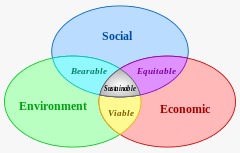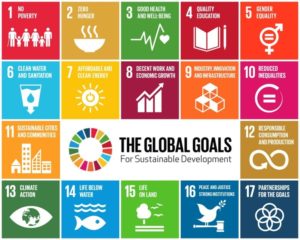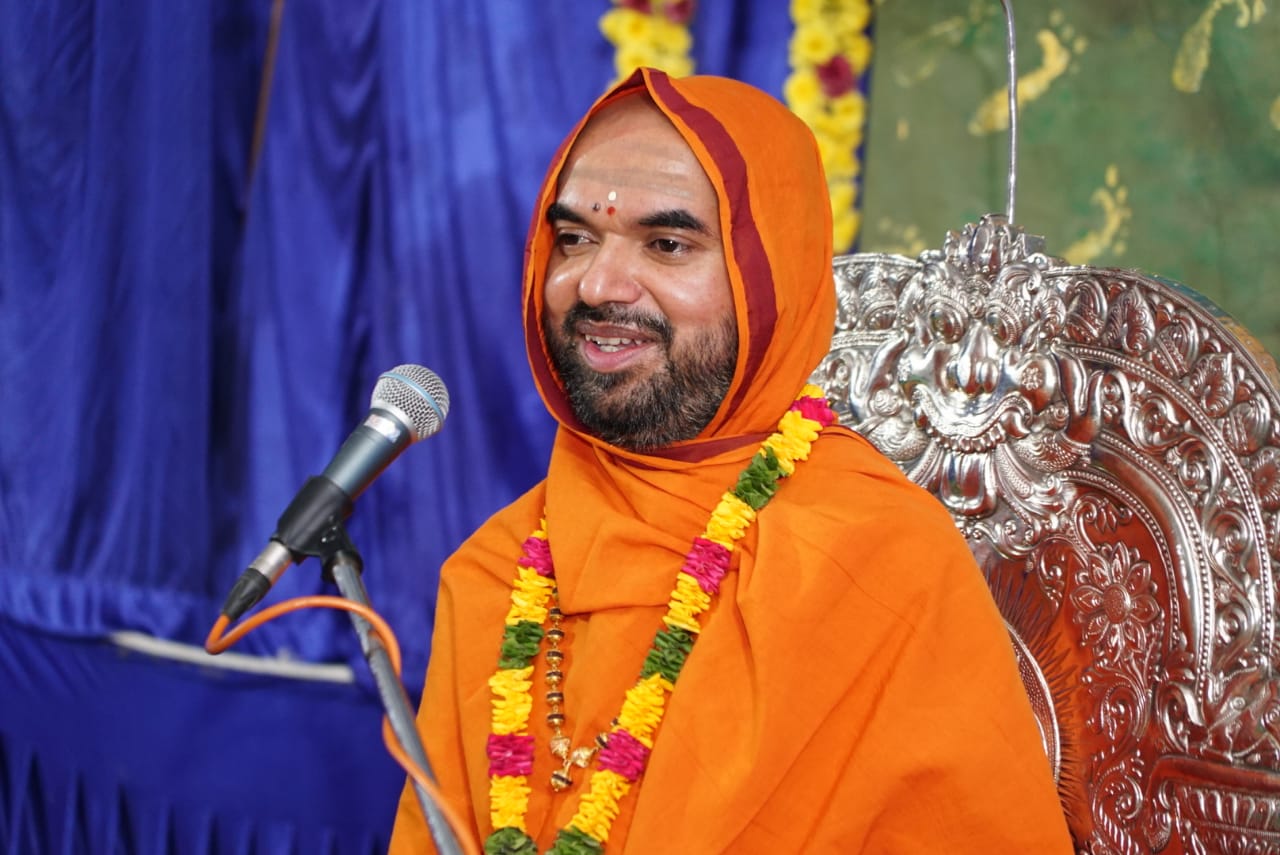The very existence of life forms on Earth is due to the environment around us. From the age of early men to this very day, nature is being revered. Be it the Sun God or sacred grooves like Devara Kaadu of Karnataka, they have a unique place of its own. Nature has maintained its pristine beauty from times immemorial.
Nature is ever evolving; the fittest of all survive. The vulnerable being like rhinoceros perish and the witty cockroach survives a deluge. The stability of environment is constantly maintained until an external factor derails it. In the past, people lived with environment, they were leading a life which was in sync with the nature. Over a period of many years, man started exploring more and more of nature. Industrial revolution of 1750s began impacting the way we explored environment. We got attracted to the comfort feature of life. The greed of men outgrew the concept of need.
Today, in this digital era, we are inclined to buy online tempted by the offer which is being provided and very rarely for its need. We are more oriented towards development and comfort, being less concerned towards environment. Yes, development is a need for any country but does it take a higher stance to environment? It is a matter to be introspected. We live in an era where pollution is a part and parcel of our lives, where cities are turning into urban heat islands.
Mahatma Gandhi has rightly said that “Earth provides enough to satisfy man’s needs, but not every man’s greed”. Our greed has hit us hard in terms of global warming. The ozone layer is getting depleted which has turned into a cause of concern throughout the world. While on one hand we consume resources, on the other hand Earth has a capacity to replenish resources every year. The calendar day on which the quota of replenished resources for that year gets completely consumed by man is termed as Earth Overshoot Day. The Earth Overshoot Day which in 1987 was December 19th has today in 2018 reached August 1st. It means, humans consume all the resources replenished by Mother Earth by August 1st and post that, we enter into ecological deficit spending. A government data records the destruction of 14,000 sq.km of forests in the last 30 years paving way for 23,716 industrial projects across India alone; this is the fate of just one country and the level of destruction around the world is unimaginable!
As a human race, we are definitely growing but at the cost of environment. Cities have been expanding beyond limits, our ephemeral desires have no bounds, infrastructural development, climate change, global warming, deforestation, mining etc., have impacted heavily on the destruction of environment. To quote an example, in Bengaluru alone, around 20,000 trees have been felled from 2008 to 2017 for the cause of development; hundreds of water bodies have been destructed to pave the way for high rise concrete buildings. Destruction at this rate will lead to a catastrophe where the Earth reacts back to maintain stability, may be through an earthquake, a tsunami, a thunderstorm or a drought.

This has led to a classic debate between development and environment. Both are imperative for the generation of the day. Neither development nor environment be compromised and this has led to a new concept of middle path called Sustainable Development.
Sustainable Development:
The modern concept of sustainable development has mainly been derived from the Brundtland Report of 1987. The report defines sustainable development as the development that meets the needs of the present without compromising the ability of the future generations to meet their own needs. The idea of developing ourselves along with the conservation of nature, thereby helping our future generations to develop too has to get etched in our minds. In this regard, a global co-operation framework has been adopted by the United Nations General Assembly, a set of 17 goals called Sustainable Development Goals (SDG).
 Sustainable development is therefore maintaining an equilibrium between social, environment and economic development. It follows the concept of ‘Live and let live’. Governments have been trying to induce sustainability in its policies. Though SDG is being adopted by various nations, what can we as common citizens do?
Sustainable development is therefore maintaining an equilibrium between social, environment and economic development. It follows the concept of ‘Live and let live’. Governments have been trying to induce sustainability in its policies. Though SDG is being adopted by various nations, what can we as common citizens do?
The onus of making these goals a success lies on us. The very involvement of the citizens can turn any plan into a success. It is high time we learn and stay in sync with our environment. We have to develop in ourselves the common practices of energy savings, harvesting solar energy, afforestation, effectively utilising the resources, to keep ourselves from polluting environment, to cater to our needs and not the greed, and above all, to cultivate sustainability as a behaviour of ours. It is only by involving ourselves in sustainable development we can save our future generations. The ball rests in our court. Hence, we need to nurture the nature for our very future!
